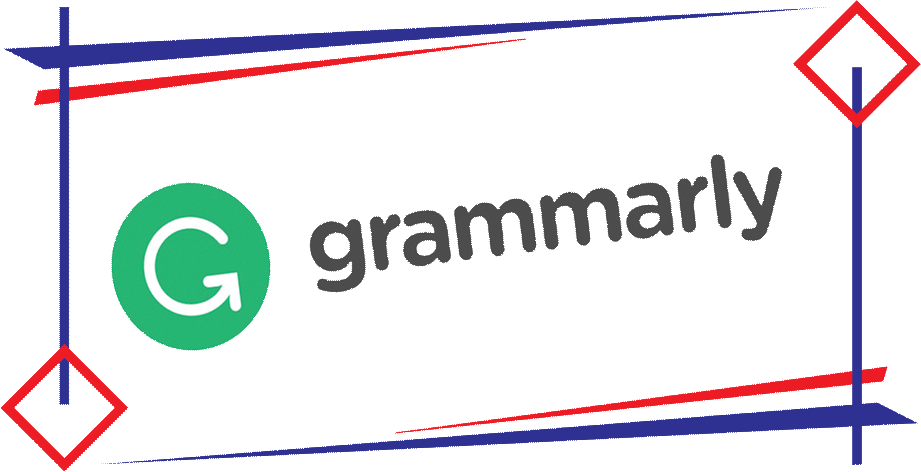Marketing Optimization: Purchase Data-Based Customer Segmentation Decision Support System
Abstract
Abstract—In the era of technological development and changes in shopping culture, e-commerce is increasingly dominating the market, and customer purchase data is becoming a valuable source of information for companies. To address the challenges of inappropriate targeting, customer retention, customer satisfaction, and measuring the effectiveness of marketing campaigns, this research aims to design a decision support system for customer segmentation based on purchase data, identify the optimal parameters of clustering algorithms, and develop appropriate marketing strategies for each group of customers generated from clustering. By using tools such as Matplotlib, Numpy, and Pandas, this research is expected to provide valuable guidance for companies in optimizing their marketing strategies in the competitive e-commerce market.
Full Text:
PDFReferences
[1] “An overview of Electronic Commerce (e-commerce),” Journal of Contemporary Issues in Business and Government, vol. 27, no. 3, 2021. doi:10.47750/cibg.2021.27.03.090
[2] R.-S. Wu and P.-H. Chou, “Customer segmentation of multiple category data in e-commerce using a soft-clustering approach,” Electronic Commerce Research and Applications, vol. 10, no. 3, pp. 331–341, 2011. doi:10.1016/j.elerap.2010.11.002
[3] A. Agrawal, P. Kaur, and M. Singh, “Customer segmentation model using K-means clustering on e-commerce,” 2023 International Conference on Sustainable Computing and Data Communication Systems (ICSCDS), 2023. doi:10.1109/icscds56580.2023.10105070
[4] [M. T. Ballestar, P. Grau-Carles, and J. Sainz, “Customer segmentation in e-commerce: Applications to the Cashback Business Model,” Journal of Business Research, vol. 88, pp. 407–414, 2018. doi:10.1016/j.jbusres.2017.11.047
[5] S. Koul and T. M. Philip, “Customer segmentation techniques on e-commerce,” 2021 International Conference on Advance Computing and Innovative Technologies in Engineering (ICACITE), 2021. doi:10.1109/icacite51222.2021.9404659
[6] M. Hosseini and M. Shabani, “New approach to customer segmentation based on changes in customer value,” Journal of Marketing Analytics, vol. 3, no. 3, pp. 110–121, 2015. doi:10.1057/jma.2015.10
[7] T. Kansal, S. Bahuguna, V. Singh, and T. Choudhury, “Customer segmentation using K-means clustering,” 2018 International Conference on Computational Techniques, Electronics and Mechanical Systems (CTEMS), 2018. doi:10.1109/ctems.2018.8769171
[8] G. Liadeli, F. Sotgiu, and P. W. J. Verlegh, “A meta-analysis of the effects of brands’ owned social media on social media engagement and sales,” Journal of Marketing, vol. 87, no. 3, pp. 406–427, 2022. doi:10.1177/00222429221123250
[9] R. Ström, M. Vendel, and J. Bredican, “Mobile marketing: A literature review on its value for consumers and retailers,” Journal of Retailing and Consumer Services, vol. 21, no. 6, pp. 1001–1012, 2014. doi:10.1016/j.jretconser.2013.12.003
[10] C. Chunjiang, “E-commerce search engine marketing mechanism analysis and Optimization,” 2020 13th International Conference on Intelligent Computation Technology and Automation (ICICTA), 2020. doi:10.1109/icicta51737.2020.00028
[11] X. Ding et al., “IOT data cleaning techniques: A survey,” Intelligent and Converged Networks, vol. 3, no. 4, pp. 325–339, 2022. doi:10.23919/icn.2022.0026
[12] H. Koehler and S. Link, “Possibilistic data cleaning,” IEEE Transactions on Knowledge and Data Engineering, vol. 34, no. 12, pp. 5939–5950, 2022. doi:10.1109/tkde.2021.3062318
[13] [A. Alamsyah et al., “Customer segmentation using the integration of the Recency Frequency Monetary Model and the K-means cluster algorithm,” Scientific Journal of Informatics, vol. 9, no. 2, pp. 189–196, 2022. doi:10.15294/sji.v9i2.39437
[14] G. Das, “Factors affecting Indian shoppers׳ attitude and purchase intention: An empirical check,” Journal of Retailing and Consumer Services, vol. 21, no. 4, pp. 561–569, 2014. doi:10.1016/j.jretconser.2014.04.005
[15] S. B. Ahmad and A. Rohman, “Analisis Strategi pemasaran Dalam Meningkatkan omset Penjualan Produk Tanaman Hias ditinjau Dari perpektif Ekonomi Islam,” Ekonomi, Keuangan, Investasi dan Syariah (EKUITAS), vol. 4, no. 3, pp. 824–831, 2023. doi:10.47065/ekuitas.v4i3.2684
DOI: https://doi.org/10.18860/mat.v17i1.24274
Refbacks
- There are currently no refbacks.
Copyright (c) 2025 Vinncent Alexander Wong, Muhammad Althaaf Fadhiilah, Dzikry Aji Santoso, Luthfia Rahmi Setyorini, Andi Ahyar Almuhajir Amrani, Yusi Tyroni Mursityo

This work is licensed under a Creative Commons Attribution-NonCommercial-ShareAlike 4.0 International License.
The journal is indexed by :
_______________________________________________________________________________________________________________
Editorial Office:
Informatics Engineering Department
Faculty of Science and Technology
Universitas Islam Negeri Maulana Malik Ibrahim Malang
Jalan Gajayana 50 Malang, Jawa Timur, Indonesia 65144
Email: matics@uin-malang.ac.id
_______________________________________________________________________________________________________________

This work is licensed under a CC-BY-NC-SA 4.0.
© All rights reserved 2015. MATICS , ISSN : 1978-161X | e-ISSN : 2477-2550




